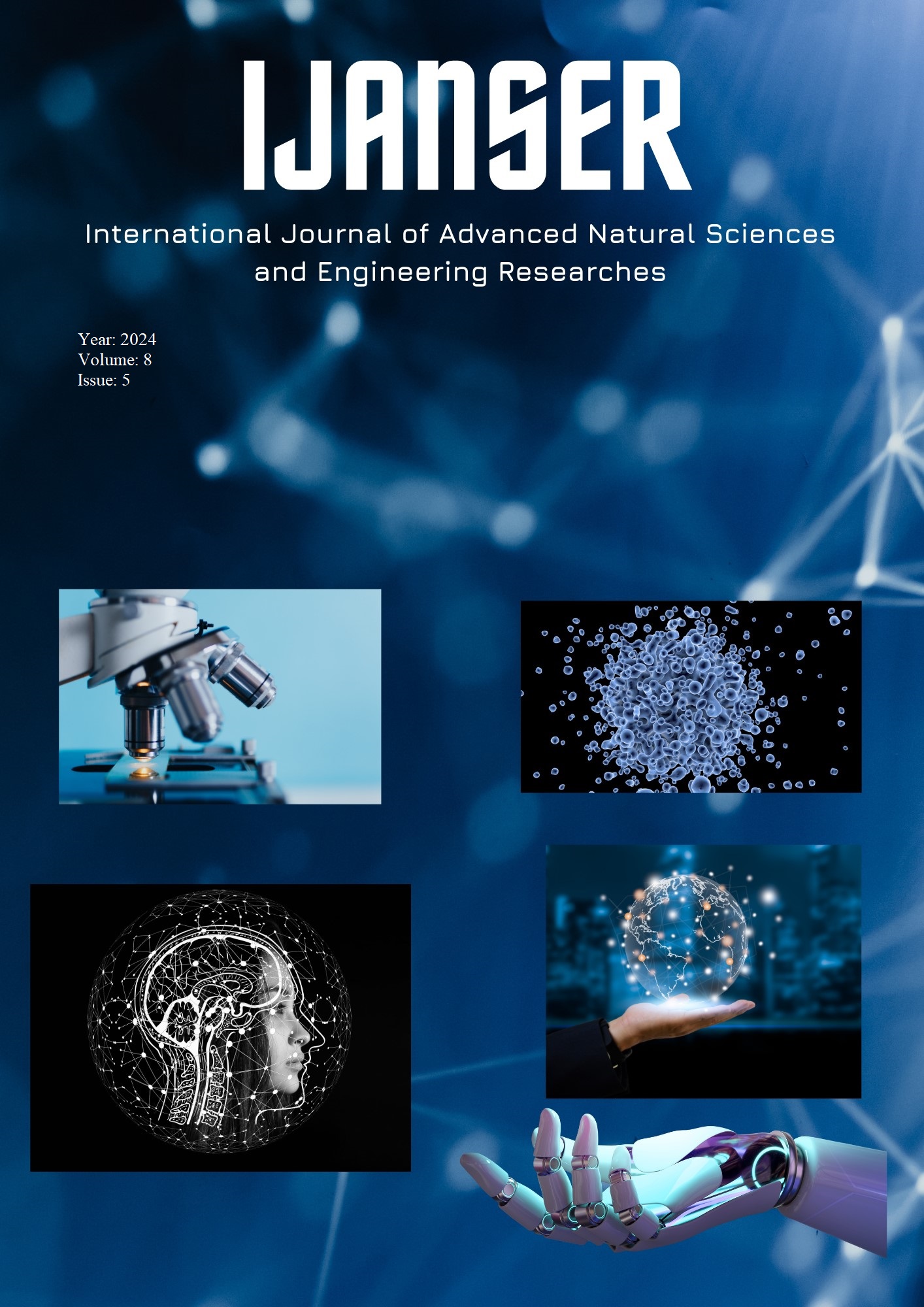Feedback Control over Response in the Cavity Quantum Electromagnetic Sensor
Keywords:
Nitrogen-vacancy-cavity system, quantum electrodynamics, Tavis-Cummings model, weak microwabe drive, target attractor feedbackAbstract
Here we discuss as an important particular case the hybrid quantum electromagnetic sensor represented by a nitrogen-vacancy (NV) ensemble of N >> 1 centers in the doped diamond coupled to a high-quality factor dielectric resonator. The existing NV ensemble-based devices exhibit sensitivities that are several orders of magnitude away from theoretical limits. On the one hand, improvements in spin dephasing time, readout accuracy, and properties of the base diamond material can significantly improve the quality of operation of a quantum sensor. On the other hand, sensing optimization schemes also significantly affect its performance. We focus on the application of feedback to control the response in the cavity quantum electromagnetic sensor. We use the standard Tavis-Cummings model for the system and then introduce control over the target attractor method. In this model they are considered to be noninteracting two-level systems with transition frequencies wj, distributed inhomogeneously due to heterogeneous local magnetic and strain environments as well as hyperfine coupling with 14N nuclear spins. We adopted an operator form of closed-loop algorithm to the semi-classical Tavis-Cummings model in its ‘weak microwave drive’ limit. We used here target attractor Kolesnikov’s formulation of feedback to track the sensor response r or, alternatively, the reflected signal to the input drive field. In both cases, we achieve the tracking goal in the exponentially fast convergence.
Downloads
References
T. Zhang, G. Liu, W. Leong, Ch. Liu, M. Kwok, T. Ngai, R. Liu, and Q. Li, “Hybrid nanodiamond quantum sensors enabled by volume phase transitions of hydrogels”, Nature Communications, vol. 9, p. 3188, Aug. 2018.
N. Wang, and J. Cai, “Hybrid quantum sensing in diamond”, Frontiers in Physics, vol. 12, p. 1320108, Feb. 2024.
M. Gong, J. Xu, M. Yu, L. Zhang, Q. Li, N. Wang, and J. Cai, “Hybrid diamond quantum sensor with submicrokelvin resolution under ambient conditions”, Physical Review Applied, vol. 21, p. 024053, Feb. 2024.
H. Wang, K. L. Tiwari, K. Jacobs, M. Judy, X. Zhang, D. R. Englund, and M. E. Trusheim, “A spin-refrigerated cavity quantum electrodynamic sensor”, arXiv:2404.10628, Apr. 2024. Available: https://arxiv.org/pdf/2404.10628
H. Clevenson, M. E. Trusheim, C. Teale, T. Schröder, D. Braje, and D. Englund, “Broadband magnetometry and temperature sensing with a light-trapping diamond waveguide”, Nature Physics, vol. 11, p. 393 (2015).
J. F. Barry, J. M. Schloss, E. Bauch, M. J. Turner, C. A. Hart, L. M. Pham, and R. L. Walsworth, “Sensitivity optimization for nv-diamond magnetometry”, Review of Modern Physics, vol. 92, p. 015004, Mar. 2020.
J. Rovny, Z. Yuan, M. Fitzpatrick, A. I. Abdalla, L. Futamura, C. Fox, M. C. Cambria, S. Kolkowitz, and N. P. de Leon, “Nanoscale covariance magnetometry with diamond quantum sensors”, Science, vol. 378, p. 1301, Dec. 2022.
Y. Chuang, M. Lee, and L. Hsu, “Tavis-Cummings model revisited: A perspective from macroscopic quantum electrodynamics”, Frontiers in Physics, vol. 10, p. 980167, Oct. 2022.
Zh. Dong, G. Zhang, A. Wu, R. Wu, “On the dynamics of the Tavis-Cummings model”, IEEE Transactions on Automatic Control, vol. 68(4), pp. 2048-2063, Apr. 2023.
A. A. Kolesnikov, Synergetic Control Methods of Complex Systems. Moscow, Russia: URSS Publ., 2012.
A. A. Kolesnikov, “Introduction of synergetic control”, in Proc. 2014 American Control Conference (ACC), Portland, Oregon, USA, pp. 3013-3016, June 4-6, 2014.
S. Borisenok, “Feedback control over quantum sensing based on Bose-Einstein condensate trapped in two-dimensional ring potential”, International Journal of Advanced Natural Sciences and Engineering Researches, vol. 7(10), pp. 207-211, Nov. 2023.
S. Borisenok, “Control on the sensor coherence of transmon superconducting qubit via the gradient descent algorithm”, International Journal of Advanced Natural Sciences and Engineering Researches, vol. 7(11), pp. 278-282m Dec. 2023.





